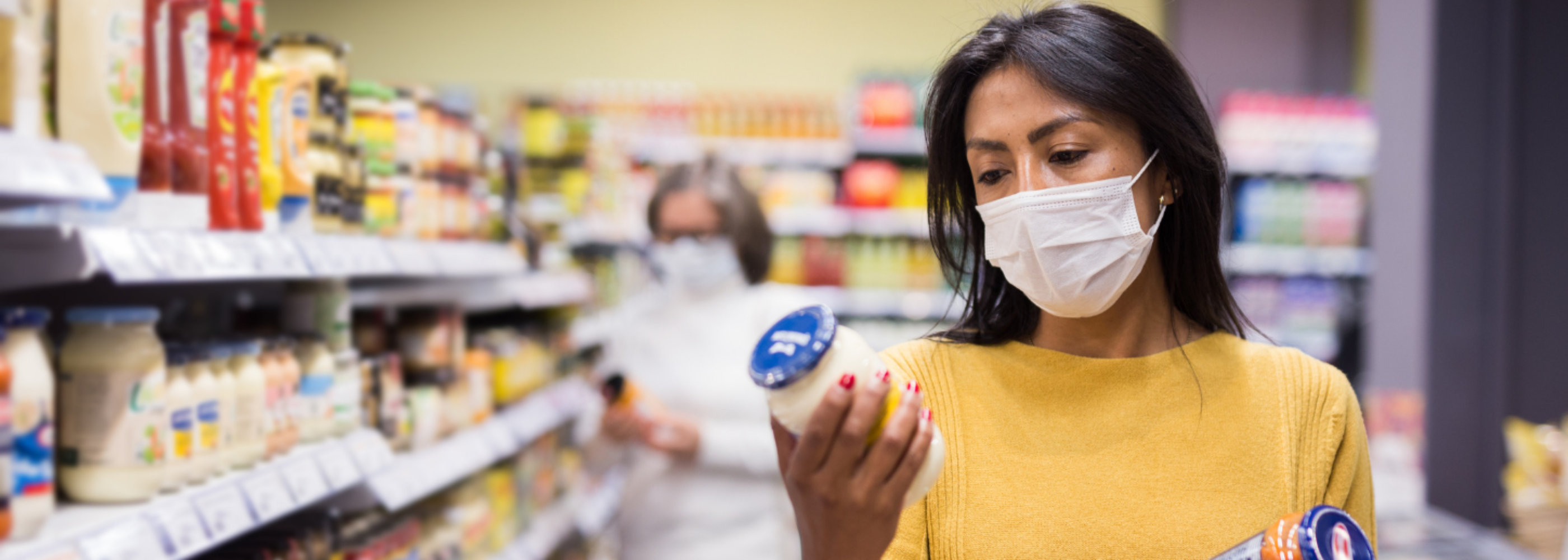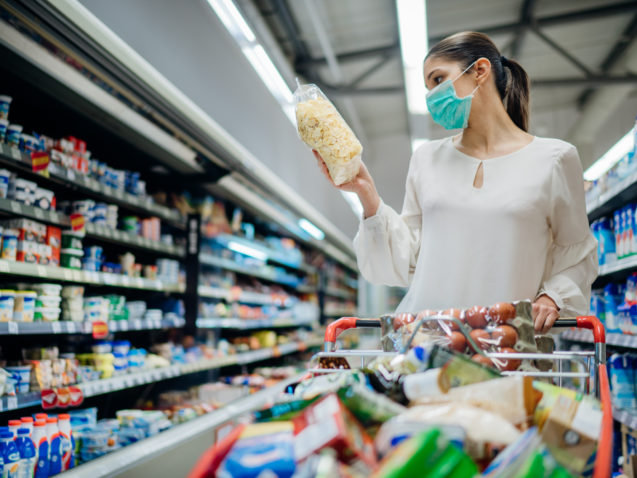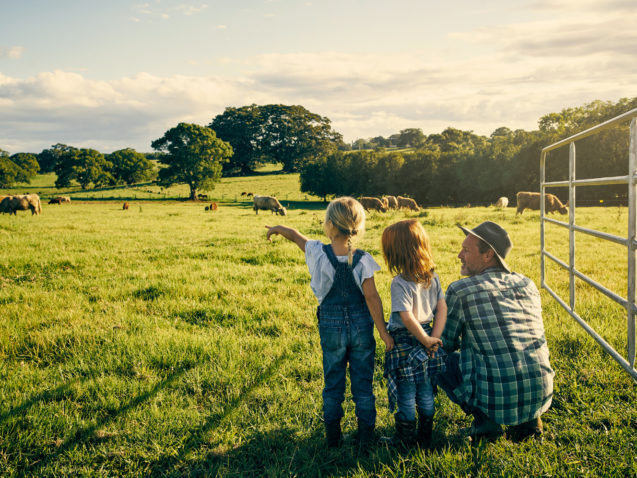As part of our #FoodFuture project we’re asking how we can deliver truly sustainable food systems. We’re listening to farmers, consumers, policymakers, businesses, NGOs, academics and others. By listening and working together, we will create a better future. This month we’re looking at product environmental information and we spoke to Johannes Weber and Jorge Àlava from Nestlé to find out more.
How and what kind of environmental information food producers communicate needs to meet consumers expectations. The topic is not brand-new but was put at the top of the Brussels-agenda by the EU Farm To Fork Strategy. However, it is much more than only an EU policy discussion.
Our society is increasingly interested and engaged in sustainable food production. In order to be able to respect planetary boundaries, the food and drinks industry needs to have a very clear idea about the impact on the environment during each step of its products’ life cycle. This means monitoring greenhouse gas (GHG) emissions, the water and land used, the impact on biodiversity and other areas during the growing, manufacturing, transportation and consumption of food. This is a complex exercise; and a very necessary one. Only when the exact impact is known, targeted interventions can be undertaken to regenerate food systems.
When Nestlé issued its Net Zero Climate Roadmap a year ago, we included concrete interventions to lower GHG emissions across our whole value chain, putting big efforts on regenerative agriculture and sustainable packaging. We want to holistically lower the environmental footprint of our food and drink products.
But how to calculate the impact and how to communicate it clearly to the consumer?
Consumers play a crucial role in this transition and clearly informing them on the impact on nature gives us a great motivation to keep on improving the products’ footprint!
The European Union has been working together with stakeholders for a while on a methodology to assess the product environmental footprint (PEF). Despite requiring some improvements, PEF is a good starting point as it allows for a scientifically robust calculation. This reliability is a crucial element! Food producers rely on the fact that the methodology realistically maps environmental improvements within their value chain. And consumers will trust the information only if it’s based on a careful assessment.
Today we are seeing different methodologies and many environmental labels in Europe. This can create confusion for consumers and makes it harder for companies to focus their resources.
In order to support the development of a single environmental footprint system across Europe, Nestlé joined Foundation Earth in June last year. This non-profit organisation brings together leading academic scientists, retailers and brand owners of the agri-food world. By assessing selected products against two systems, the foundation wants to gain further insights and draw lessons.
This project is clearly not about imposing a “Foundation Earth label”. The underlying idea is to extract the best elements of already existing methodologies and labels and merge them into one. Some of our Nestlé products are currently being evaluated by the scientific body of Foundation Earth and we are confident to have first results this spring. By then, the European Commission might have shared its legislative proposal defining “green claims” and how these should be calculated. Ideally in there we hope to find reflected some of our ideas on how to simplify the EU PEF, linking “green claims” to life cycle assessments and driving for harmonisation across Europe.
Speed, clarification and cooperation are urgently needed to create and establish a single environmental footprint system for Europe. We are looking forward to engaging with all EU Institutions in the upcoming debates.





